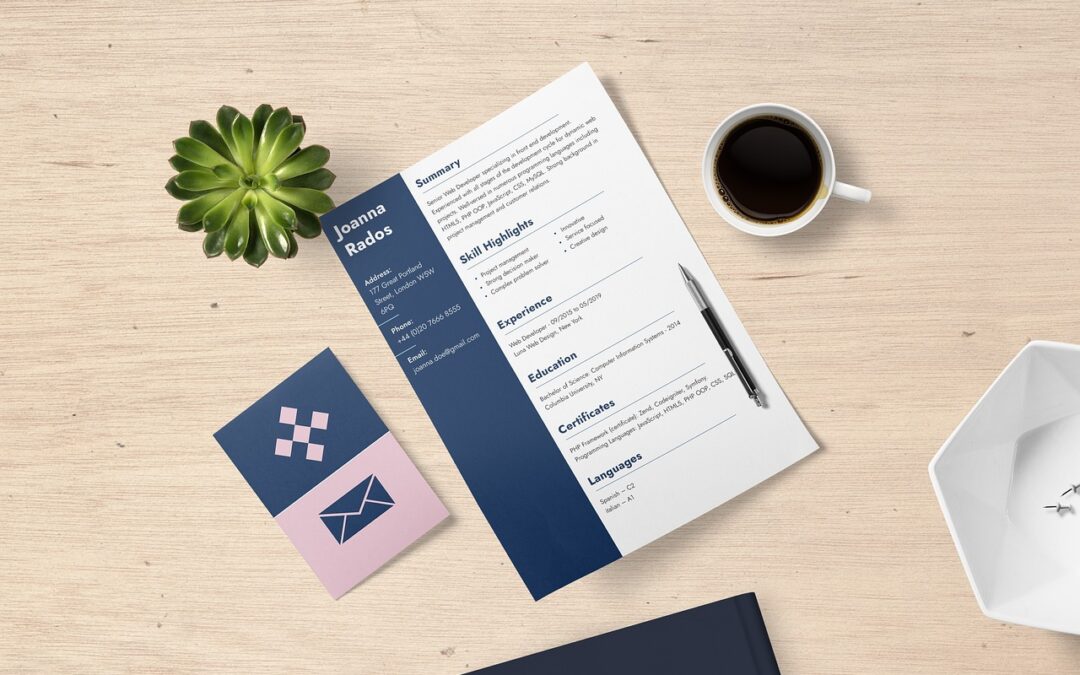Writing the Perfect Resume: Step-by-Step Guide
Writing the perfect resume is crucial in securing your dream job. A well-crafted resume can help you stand out from the competition and make a strong first impression on potential employers. Here’s a step-by-step guide to help you create a compelling resume:
Step 1: Understand the Purpose of Your Resume
Before you start writing your resume, it’s important to understand its purpose. Your resume is a marketing tool that should showcase your skills, qualifications, and experiences to convince employers that you’re the best candidate for the job.
Step 2: Choose the Right Resume Format
There are several resume formats to choose from, including chronological, functional, and combination/hybrid. Select the format that best suits your work history and the job you’re applying for. A chronological format is most common and typically works well for most applicants.
Step 3: Contact Information
At the top of your resume, include your full name, phone number, email address, and optionally, your LinkedIn profile or personal website.
Step 4: Write a Compelling Resume Objective or Summary
Create a brief, engaging statement that summarizes your career goals, skills, and what you can offer to the employer. This is your opportunity to grab the reader’s attention.
Step 5: Highlight Your Professional Experience
List your work experiences in reverse chronological order (most recent job first). For each position, include:
- Job title
- Company name and location
- Employment dates
- A concise job description, focusing on your achievements and responsibilities
Use bullet points to make it easy to read. Quantify your achievements with numbers or percentages where possible.
Step 6: Emphasize Your Education
Include your educational background, starting with your most recent degree. Include the following details:
- Degree earned
- Major
- School name and location
- Graduation date
- GPA (if it’s strong and relevant)
Step 7: Highlight Relevant Skills
Create a separate section to showcase your skills. Include both hard skills (e.g., technical skills) and soft skills (e.g., communication, leadership).
Step 8: Include Additional Sections
Depending on your background, you can add sections such as certifications, awards, volunteer work, or languages spoken. Tailor these sections to match the job requirements.
Step 9: Use Action Verbs and Keywords
Throughout your resume, use strong action verbs to describe your accomplishments. Additionally, incorporate relevant keywords from the job posting to increase your chances of passing applicant tracking systems (ATS) and catching the recruiter’s eye.
Step 10: Tailor Your Resume for Each Job Application
Customize your resume for each job you apply for. Highlight the skills and experiences most relevant to the specific position.
Step 11: Proofread and Edit
Carefully proofread your resume to check for errors in grammar, spelling, and formatting. Consider asking a friend or a professional to review it as well.
Step 12: Choose the Right File Format
Save your resume as a PDF to ensure it maintains its formatting across different devices and platforms.
Step 13: Craft a Well-Designed Layout
A clean and professional design enhances the visual appeal of your resume. Use consistent fonts and formatting, and make sure your resume is easy to read.
Step 14: Include a Cover Letter (if applicable)
When submitting your resume, include a well-crafted cover letter that complements your resume and explains why you’re a great fit for the job.
Step 15: Keep It Concise
Aim for a one-page resume if you have less than 10 years of experience. If you have a longer work history, a two-page resume may be appropriate, but make sure it remains concise and relevant.
By following these steps, you can create a well-structured, attention-grabbing resume that will increase your chances of landing your desired job. Remember to keep your resume up-to-date and continuously refine it as your career evolves.

